Let’s discover the figure of the orthopedic surgeon, the specialist dedicated to the health of the musculoskeletal system.
An orthopedic surgeon is a doctor specialized in orthopedic surgery, the surgical branch dedicated to the health of the musculoskeletal system.
They handle the treatment of its degenerative, inflammatory, arthritic and traumatic conditions, usually resulting from sports injuries, road, domestic or work accidents or from cuts involving the limbs.
Problems may affect bones, cartilage structures or joints and the surgeon intervenes to resolve or improve the symptoms caused by these conditions.
The primary objective is to make an accurate diagnosis of the patient, intervene with a treatment, usually conservative at first and, if necessary, proceed with surgical intervention to restore motor function.
The orthopedic surgeon can further specialize in certain sectors of their field, such as hip and knee orthopedics, spinal orthopedics or elbow and shoulder orthopedics.
What Does an Orthopedic Surgeon Do?
An orthopedic surgeon’s specialization concerns the surgery of specific anatomical districts of the musculoskeletal system.
Their patients, unlike in the past, can be of any age.
The figure of the orthopedic surgeon originated as a doctor specialized in the treatment and correction through conservative or surgical therapies of children with spinal and limb deformities.
Hence, the name is derived from the ancient Greek words “orthos” and “pais,” meaning “straight” and “child” respectively.
Orthopedic surgeon’s skills
The skills of an orthopedic surgeon involve in-depth and detailed knowledge of:
- the anatomy and physiology of bones, cartilage, joints, muscles, tendons and ligaments;
- injuries and diseases affecting the musculoskeletal system;
- diagnostic investigation methods;
- conservative and/or surgical treatments;
- rehabilitation processes for recovery after treatment or surgery;
- prevention of conditions that may affect the musculoskeletal system.
The orthopedic surgeon personally takes charge of the diagnosis and its therapy.
What injuries or conditions does the orthopedic surgeon treat?
The orthopedic surgeon treats and cares for:
- bone fractures: simple and compound, stable and unstable, simple and multifragmentary, microfractures;
- sprains and dislocations: usually affecting the knee and ankle for sprains and the shoulder, hip and elbow for dislocations;
- bursitis, which is the inflammation of a synovial bursa, small fluid-filled sacs acting as friction buffers;
- tendinopathies, including tendinitis, tendinosis, enthesopathy and tendon lacerations;
- muscle injuries, such as contracture, strain and tear;
- spinal deformities, such as scoliosis, hyperkyphosis and hyperlordosis; also sciatica, low back pain and vertebral fractures;
- limb deformities: related to valgus (e.g. knock knees) and varus (e.g. bowlegs) conditions; flat foot or leg length discrepancies;
- nerve compression syndromes, such as carpal tunnel syndrome, tarsal tunnel syndrome and ulnar nerve syndrome;
- disc diseases, such as herniated discs;
- rheumatic arthritis, such as rheumatoid arthritis;
- osteoarthritis, a progressive degeneration of the joint cartilage, affecting mainly the knee, hip, hands and shoulder;
- metabolic bone diseases, such as osteoporosis;
- bone tumors, both benign and malignant.
Specifically various conditions by joint due to inflammation, degeneration and trauma include injuries to:
- the foot: metatarsalgia, hallux valgus, rigidus hallux, high arch, flat foot, hammer toes;
- the hand: scaphoid fracture, carpal tunnel syndrome, thumb osteoarthritis, trigger finger;
- the knee, meniscus and ligaments or knee osteoarthritis;
- the shoulder (e.g. rotator cuff injuries);
- the hip (e.g. hip osteoarthritis).
What procedures are most commonly used by the orthopedic surgeon?
The most commonly used procedures by the surgical doctor are minimally invasive surgery, prosthetic surgery and percutaneous surgery.
Minimally invasive arthroscopic surgery
This is a surgical technique assisted by fiber optics and video, allowing intervention on damaged joints without needing a large incision as in “open” surgeries.
This arthroscopic surgery can be applied to all joints but is particularly useful for the knee and shoulder. Small cuts are made through which instruments are inserted to visualize the inside of the joint and operate on the damaged structures.
Prosthetic surgery
Prosthetic surgery involves replacing joints of the hip and knee with prostheses, effectively treating degenerative joint conditions. Thanks to advancements in techniques and materials, prosthetic implantation provides durable results, eliminating pain and restoring normal mobility and function, allowing a return to sports and daily activities.
Prosthetic surgery can also employ medical and surgical strategies to make it minimally invasive compared to traditional prosthetic surgery.
Minimally invasive percutaneous surgery
For procedures involving the foot, such as the correction of hallux valgus deformity.
It is possible to address hallux valgus with minimally invasive techniques, reshaping the foot through tiny point-like incisions, correcting the defect and allowing you to return to daily activities and walk without pain.
Your well-being first
Dr. Vanni Strigelli, an orthopedic surgeon highly specialized in hip and knee prosthetic surgery and hallux valgus correction, practices his profession by defining his field as “well-being surgery”, a positive surgery that improves patients’ quality of life.
Learn about his specializations and how he can help you on this page.


